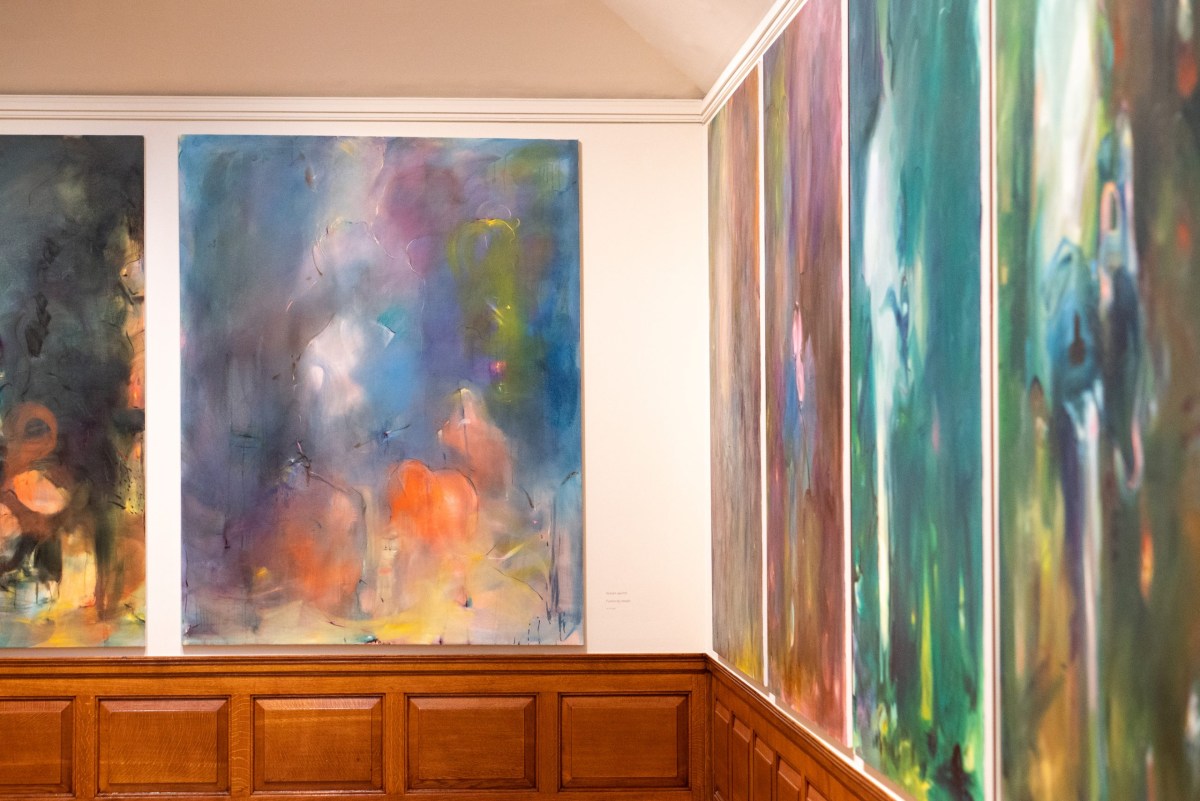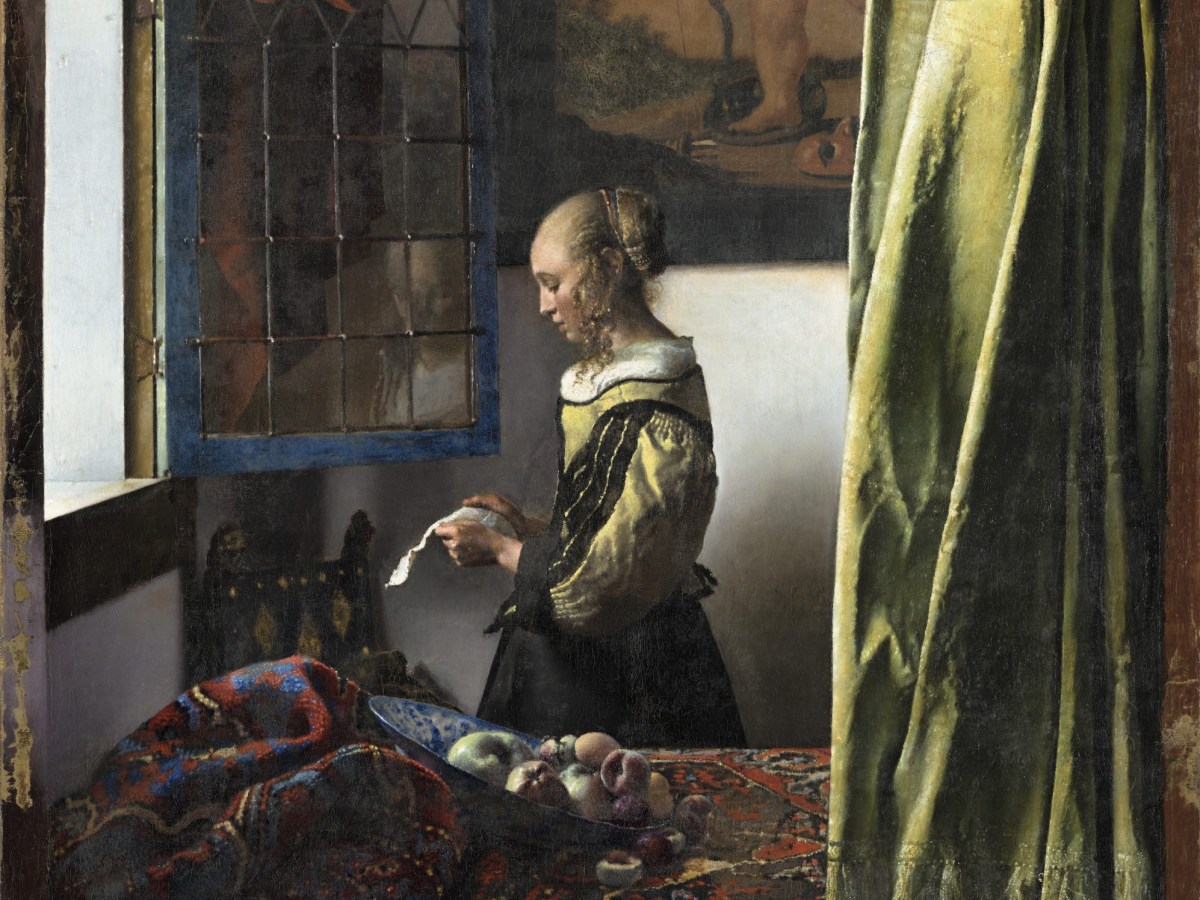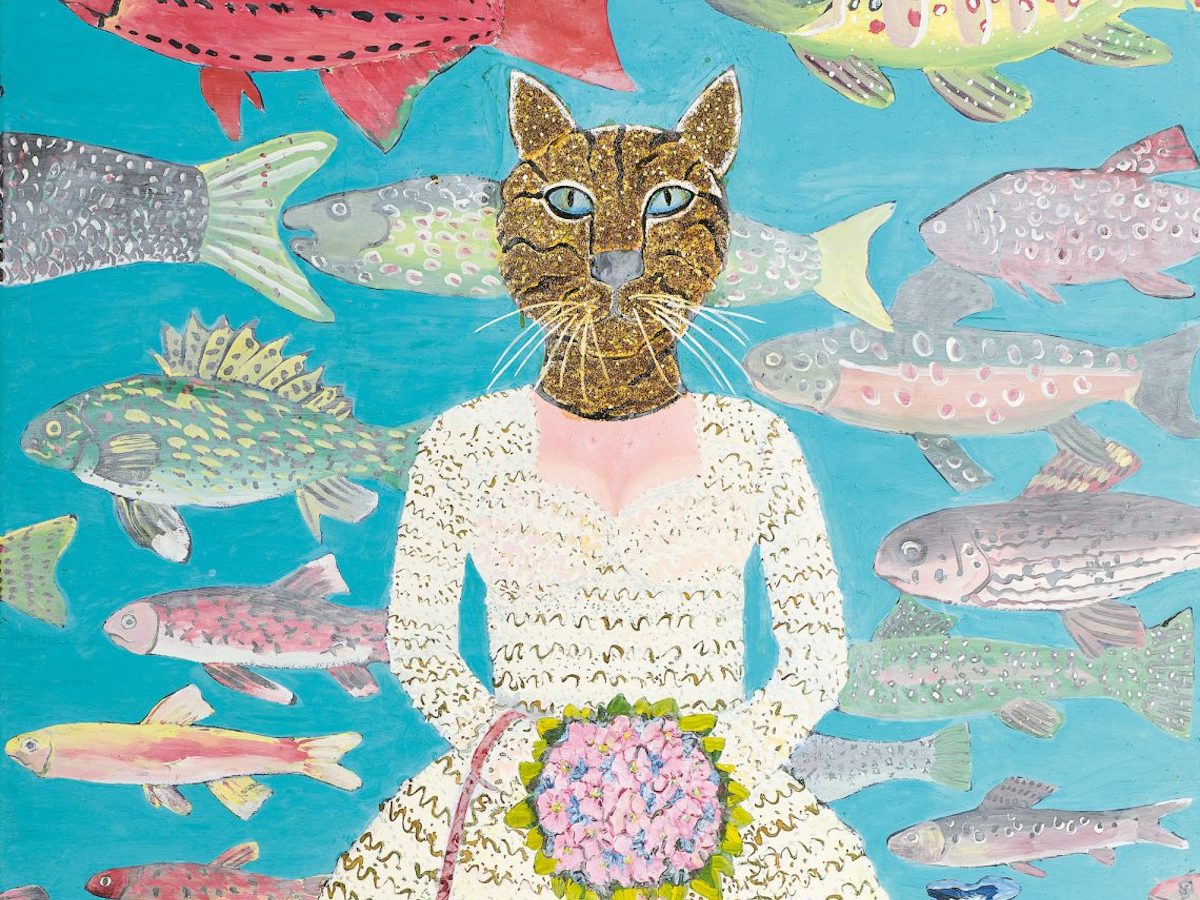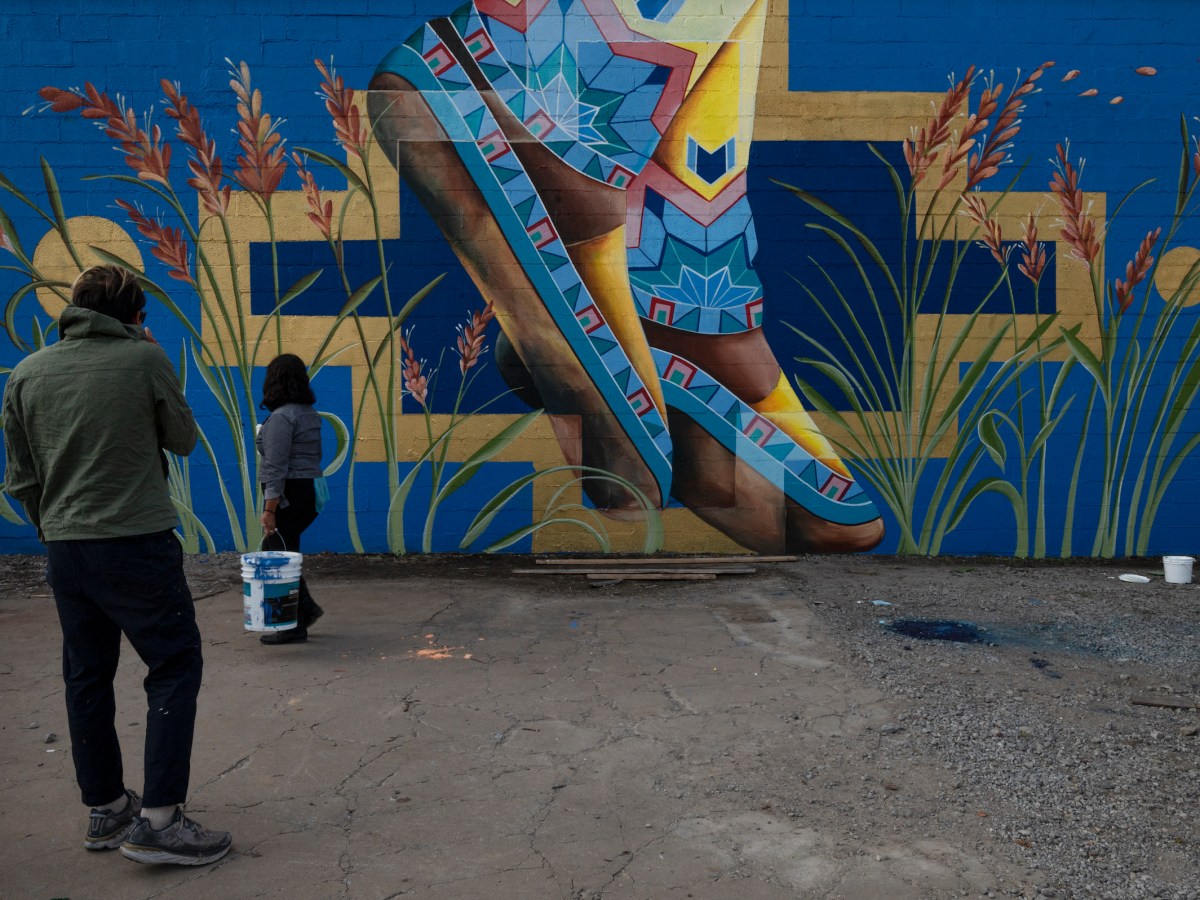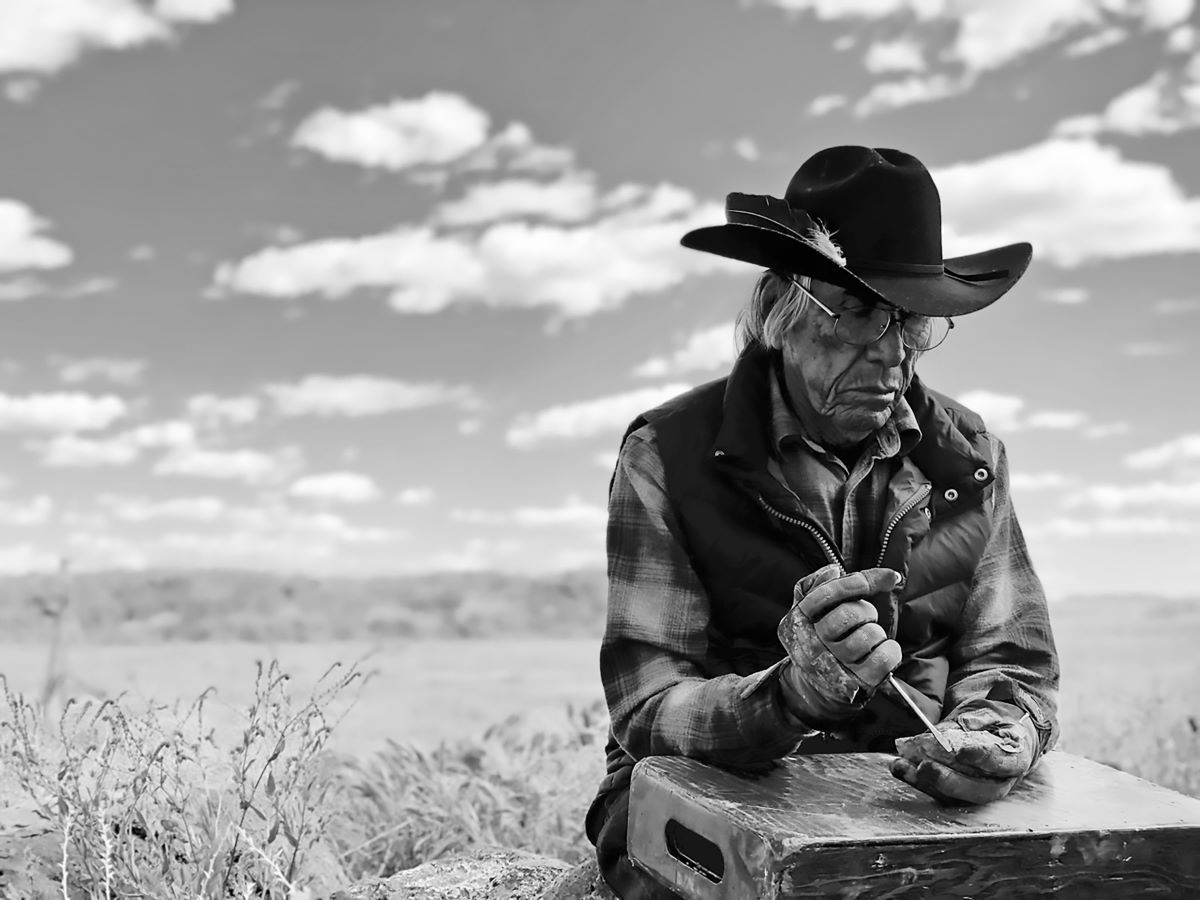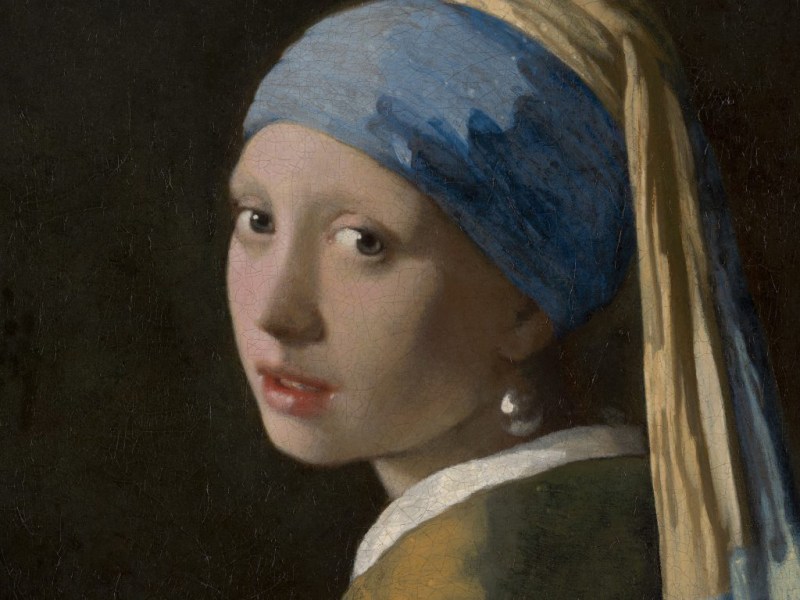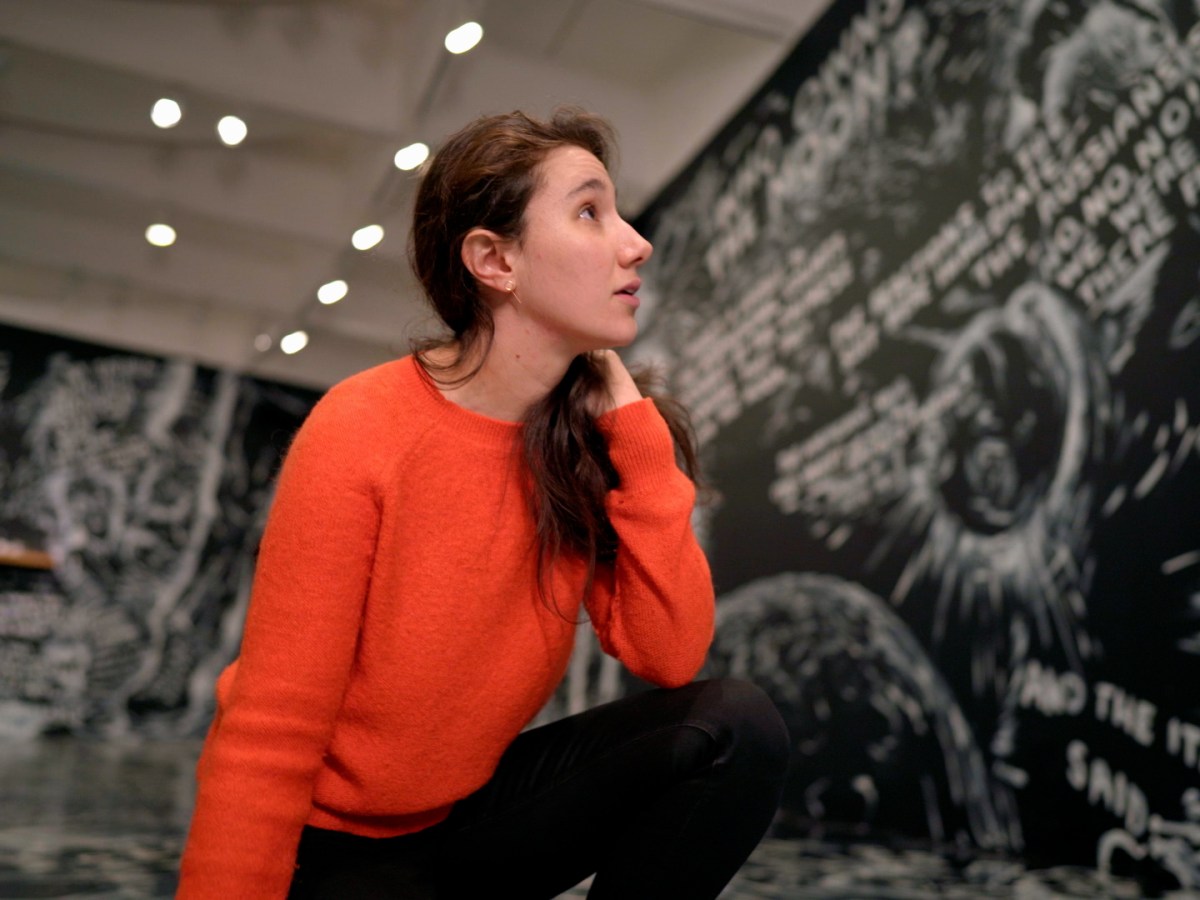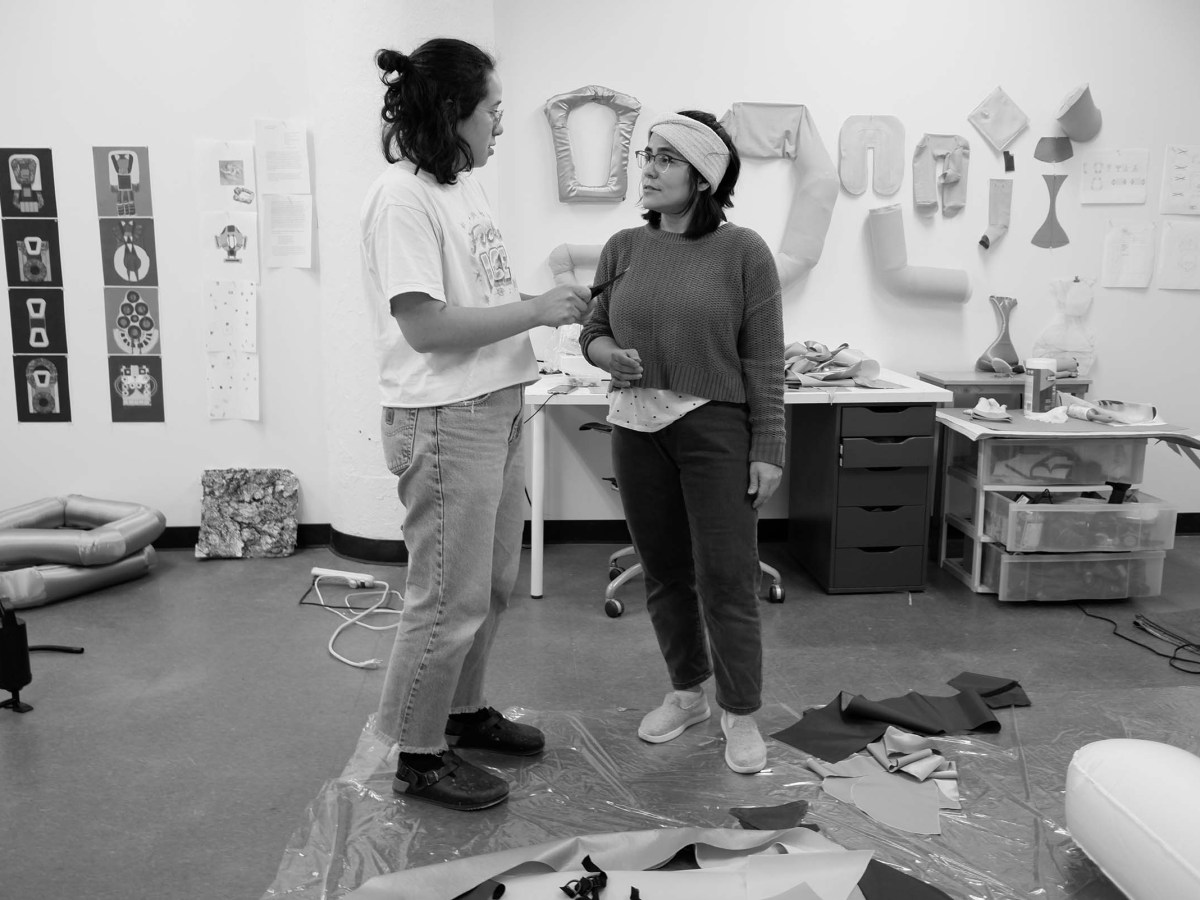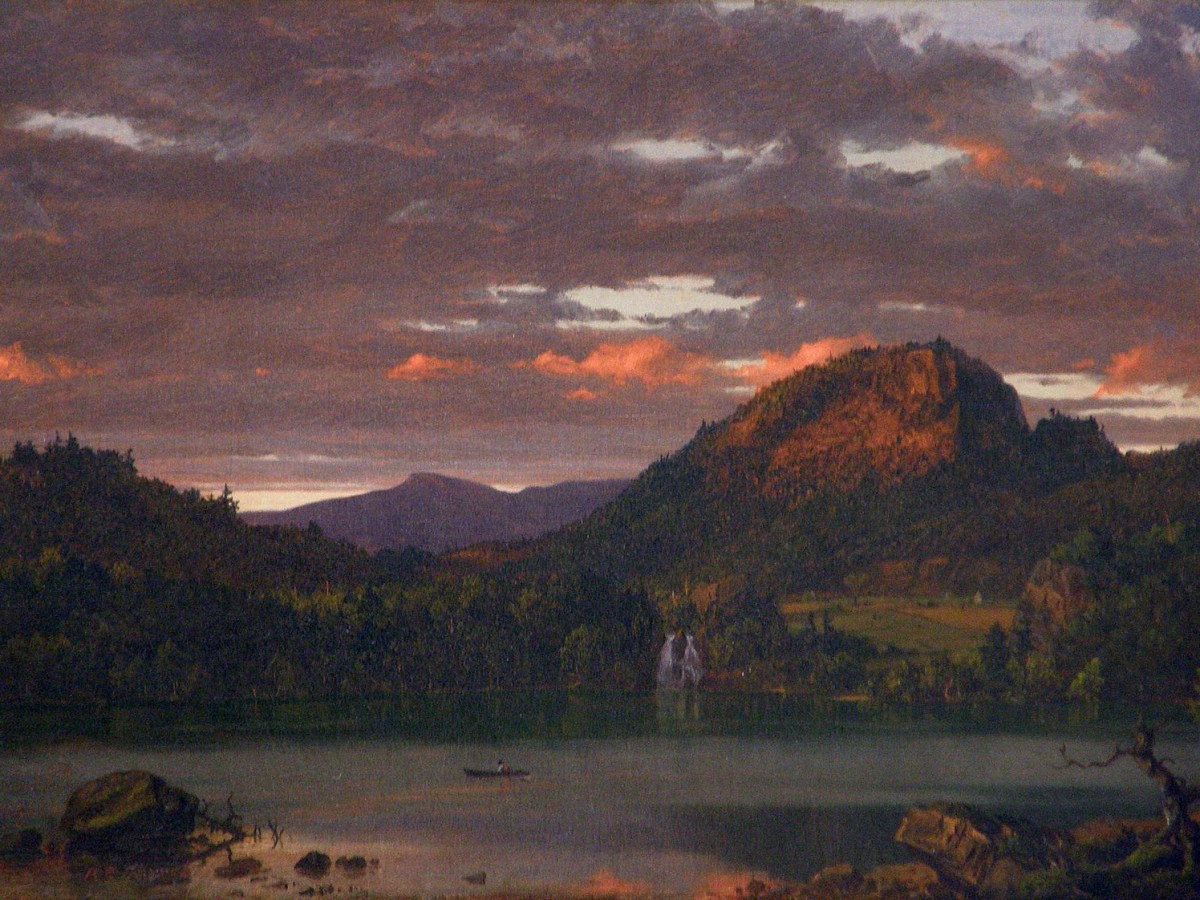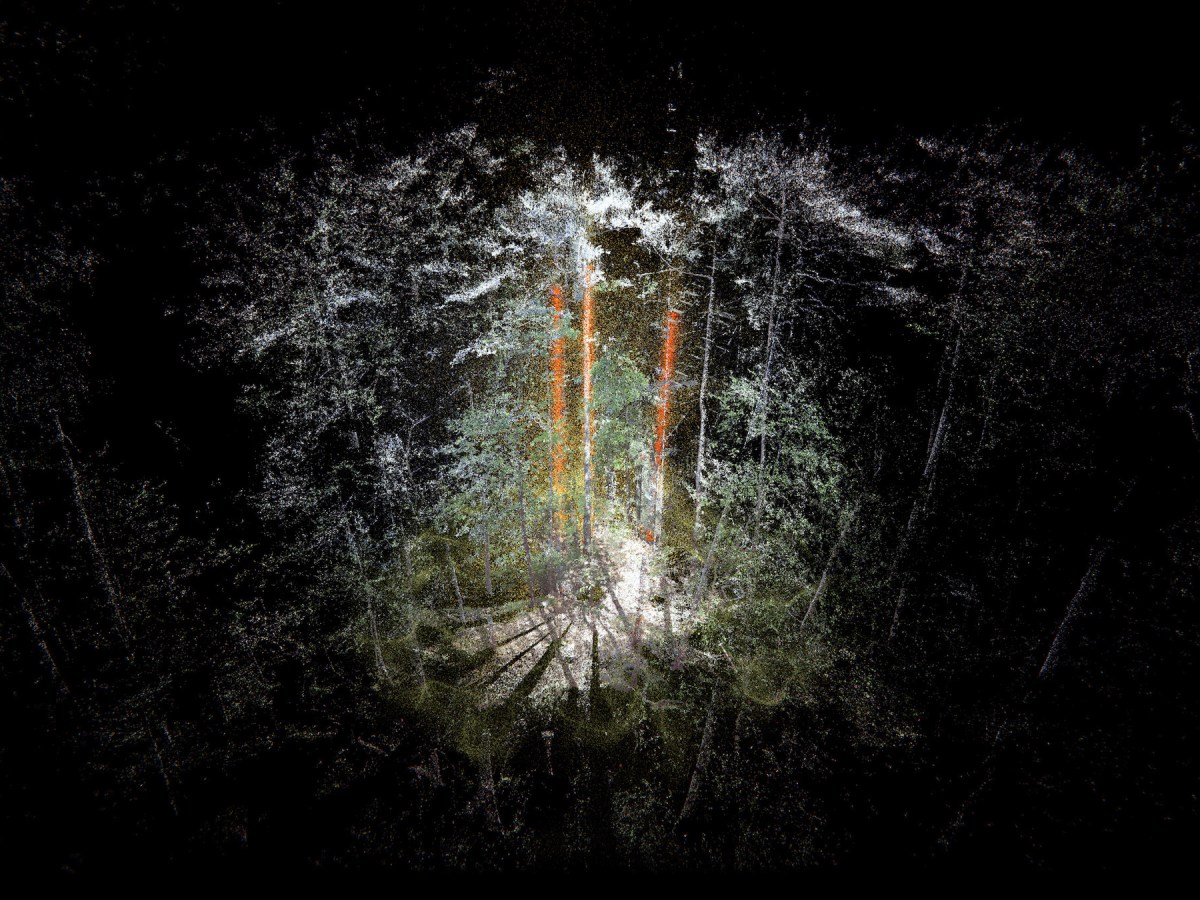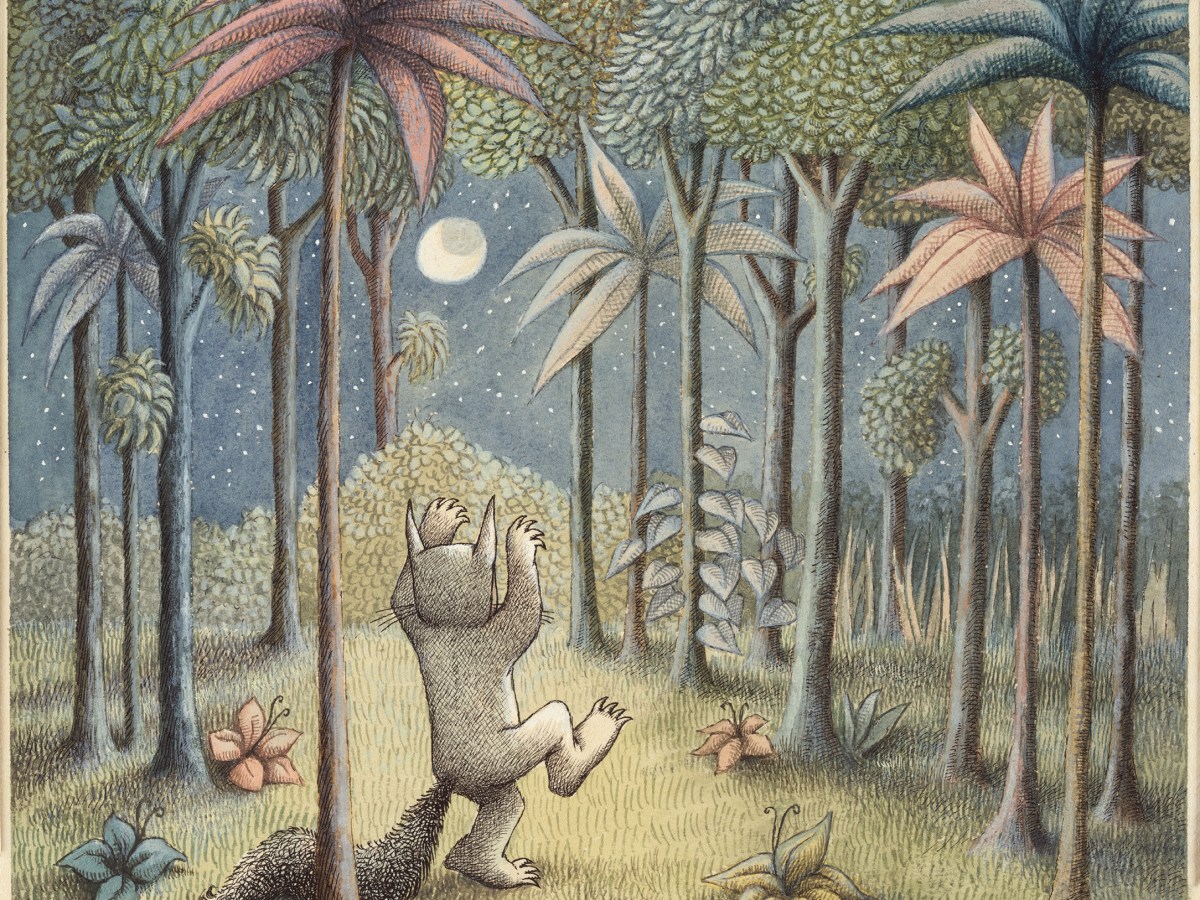LONDON — It’s often revealing to see how contemporary painters relate to their predecessors. Anthony Daley has developed a body of work that directly responds to his predecessors, on view at the Dulwich Picture Gallery, the oldest public museum in London, founded in 1811. Since his arrival in England as an emigrant from Jamaica decades ago, Daley has been visiting this museum. He has long been fascinated with Peter Paul Rubens’s “Venus, Mars and Cupid” (1635). His show of 12 new paintings, Son of Rubens, is in dialogue with that work. I had never thought of Rubens’s paintings as inspiration to a contemporary abstract artist. And so I was fascinated to learn that Daley says: “I’ve been tortured and driven, educated, fathered by Rubens.”
Daley’s large paintings are closely hung in a spacious side gallery, covering the four walls, and set directly opposite “Venus, Mars and Cupid.” Daley’s and Rubens’s paintings provide a strong visual contrast. Rubens paints solid bodies, while Daley loves colors unattached to surfaces. Rubens’s blue and red fabric, the shiny armor of Mars, and the pale pink skin of Venus are colors that define the surfaces of these objects and her flesh, while Daley paints dark veils of iridescent blue, orange, yellow, and red, occasionally with black lines running across. If you let your eyes relax, you can see hints of large ghostly human figures hovering in the background. Rubens’s Marie de’ Medici Cycle in the Louvre, a series of 24 paintings, tells her life story. But Daley’s paintings have no obvious narrative, and his titles, such as “Bombshell,” “Saintly,” and “Dividing Line,” don’t facilitate interpretation. So while I admire Daley’s paintings, which are reminiscent of the 1960s color field works of Paul Jenkins, I could not initially see how he was inspired by Rubens. Nor could I understand how his abstractions relate to Rubens’s theme of love (Venus) overcoming war (Mars).
But when I went home and read, I better understood this show. In an amazing account of synesthesia, Charles Baudelaire brought to my mind a means of connection between these seemingly diverse paintings. Saying that “perfumes, sounds, and colors answer each to each,” in relationships that “chant the ecstasies of the mind and senses,” he offers a presciently abstract characterization of various old masters, including Rubens:
Rubens, a river of oblivion, a garden of idleness, a pillow of cool human flesh on which we cannot love, but where life endlessly rides and heaves like the air into the sky and the sea within the sea.
Rubens’s theme — love conquers war — is it not presented visually in Daley’s veils of color? As Baudelaire says, the net effect of synesthesia is to blur boundaries, between the air and sea, as also within these elements, which are in constant motion. Here, I believe, we find an authentic characterization of what Daley found in Rubens, correspondences of color that can carry expressive meanings abstractly.
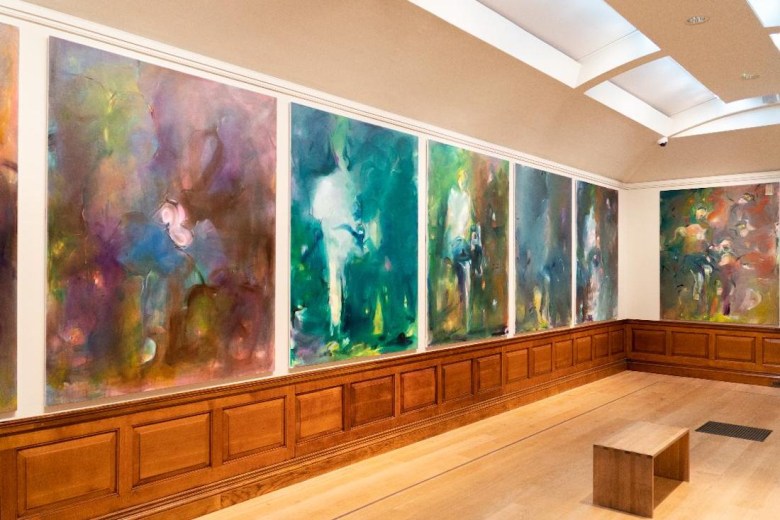
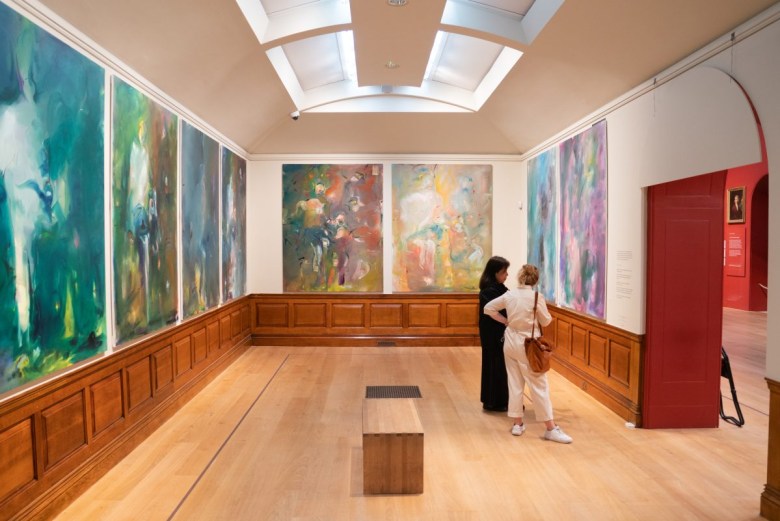
Anthony Daley: Son of Rubens continues at Dulwich Picture Gallery (Gallery Road, London, England) through April 2. The exhibition was curated by Lisa Anderson, managing director of the Black Cultural Archives.

